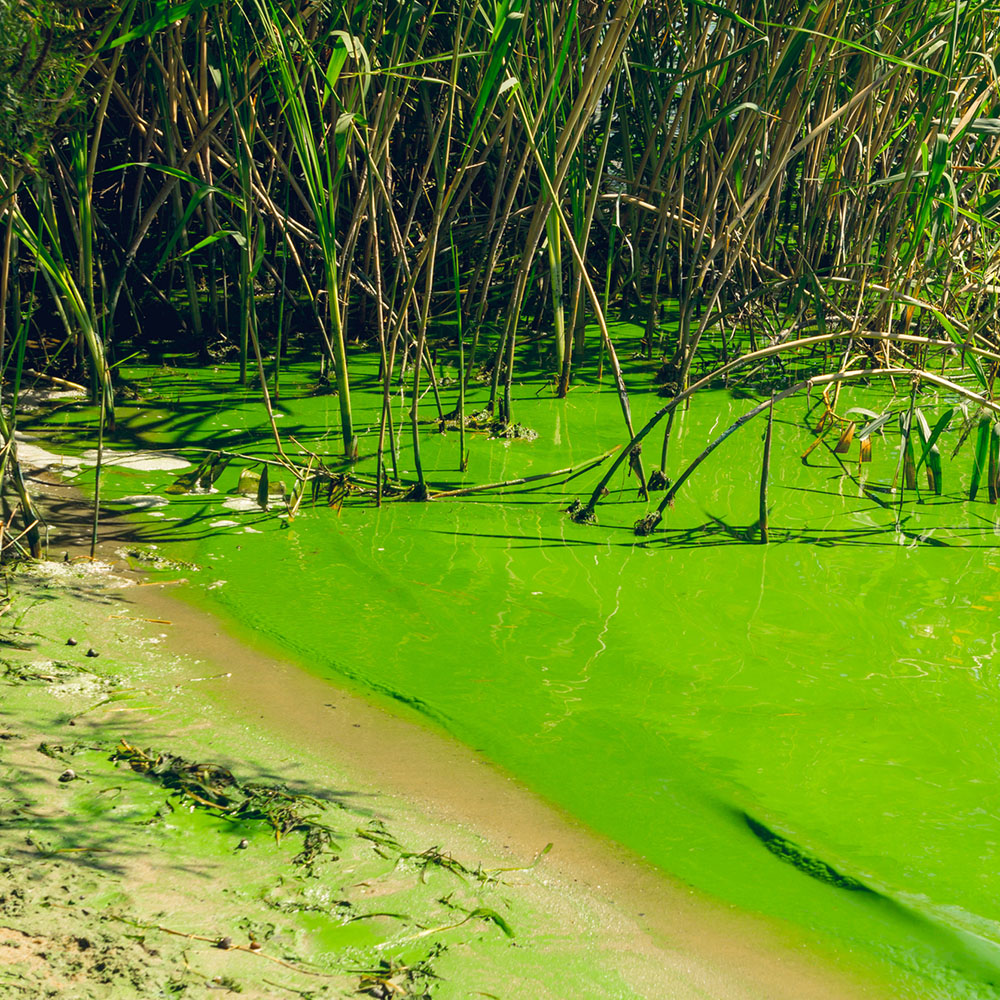
The vast majority of Floridians count harmful algal blooms as a significant concern.
But whether voters blame state government varies by political persuasion.
That’s according to new polling data released by the University of Florida’s Bureau of Economic and Business Research.
Almost 80 percent of Floridians indicate high concern over algal blooms, according to a survey done in partnership with the Howard T. Odum Center for Wetlands and the Bob Graham Center.
But independents are 40 percent more likely than Republicans to hold the state government accountable. Democrats are 85 percent more likely than GOP respondents to blame the state.
“We were surprised to see just how political identity affected voters’ perception of who’s at fault, particularly when it comes to the role of the state,” said David Kaplan, director of the Odom Center.
As a whole, Floridians do rank government behind one other player in the world of water quality: Agriculture.
When individuals who asked to implicate the responsible parties, 60 fingered agricultural producers.
That compared to 53 percent of voters who blame the state and 40 percent of whom direct ire at local government,
About 32 percent of voters hold the federal government accountable, while 30 percent say all Florida residents are to blame. Some 22 percent charge tourists as part of the problem.
The survey comes after blue-green algae coated the Caloosahatchee and St. Lucie rivers following Army Corps of Engineers discharges from Lake Okeechobee.
Shortly after, historic red tide blooms exploded in the Gulf of Mexico.
State Fish and Wildlife Conservation Commission officials have since said the blooms in 2018 directly cost the state $17.3 million in emergency funding, most of which went to cleanup.
Politicians throughout Southwest Florida in the fall said algal blooms came up as the most frequent issue on the campaign trail. And while it didn’t stop his election to Senate, critics routinely called Gov. Rick Scott called “Red Tide Rick” through the campaign.
But scientists haven’t conclusively or universally blamed a single entity for the problems. Pesticides appear to be a chief cause of blooms within Lake Okeechobee, but do does runoff coming south from Orlando.
Red tide constantly exists in the Gulf with small blooms impacting Southwest Florida most years.
Scientists agree any reduction in nutrients will help address red tide, but it’s unclear by how much. Nutrients get credited by various scientific and political voices to a variety of sources, including Big Sugar and mining operations, wide septic tank usage, stormwater runoff and nature.
Some environmental consultants blame Okeechobee discharges reaching estuaries at the Gulf of Mexico for feeding red tide. But there’s a dispute about the significance of that factor on water quality.
Kaplan said state leaders must grapple with much of that information while formulating policy.
“Solving Florida’s algal bloom issues will require extensive bipartisan cooperation and collaboration among stakeholders across the state and a substantial investment in science, education and improved water management,” Kaplan said.
But voters surveyed in the new UF polling clear desire solutions.
Over half of respondents list environmental concerns as a top motivation to vote. That compares to 67 percent who list the economy and 62 percent who list health care.



